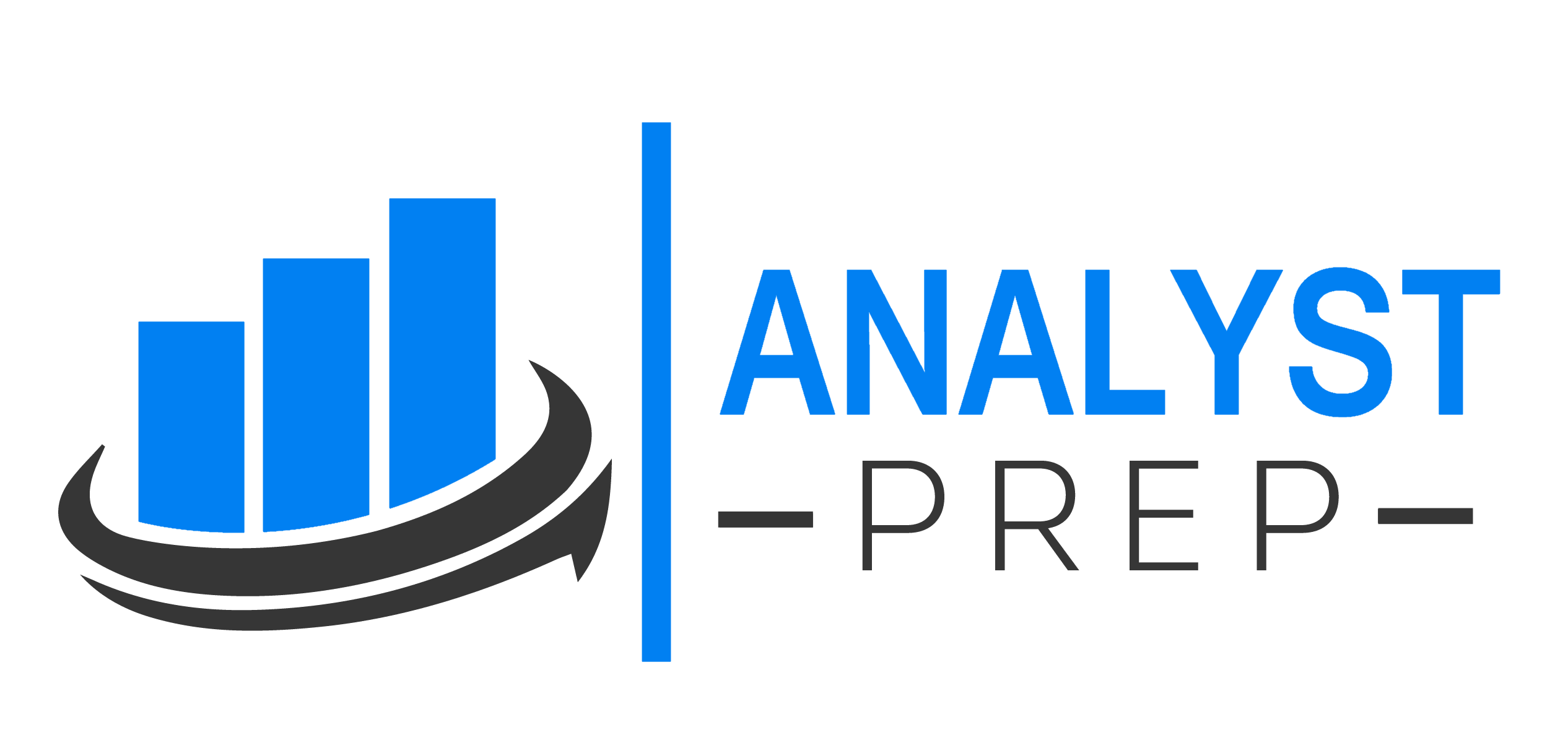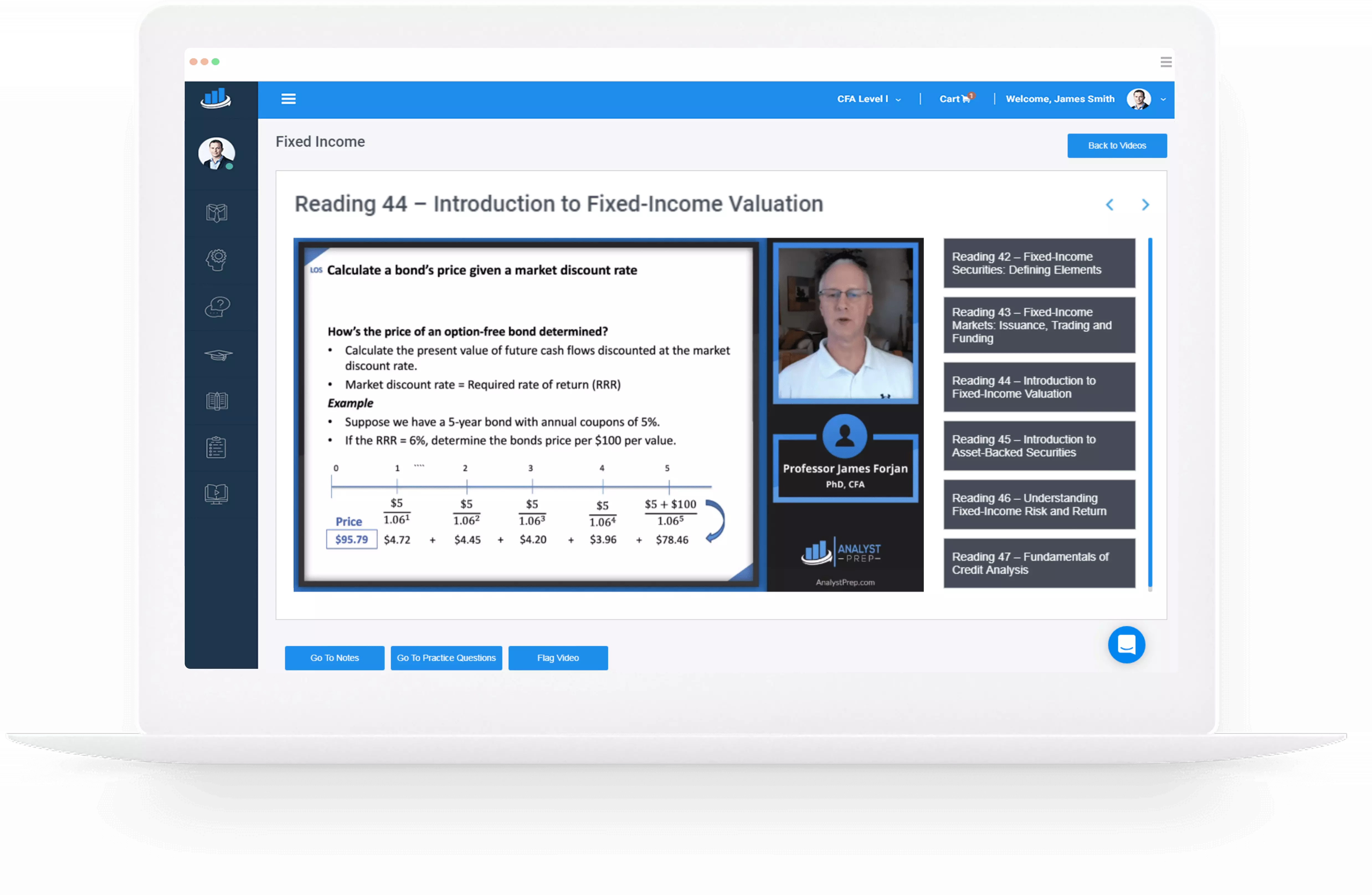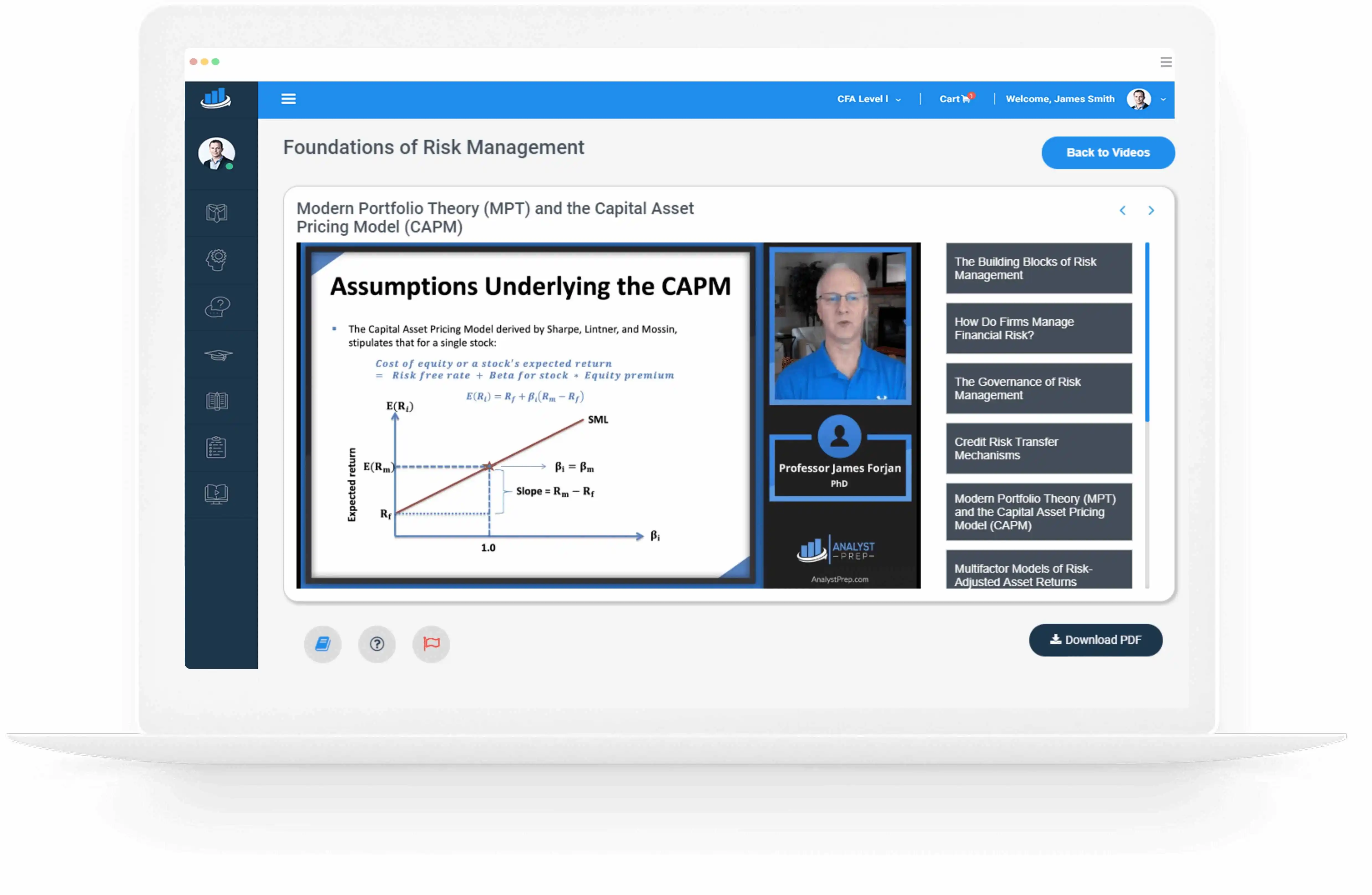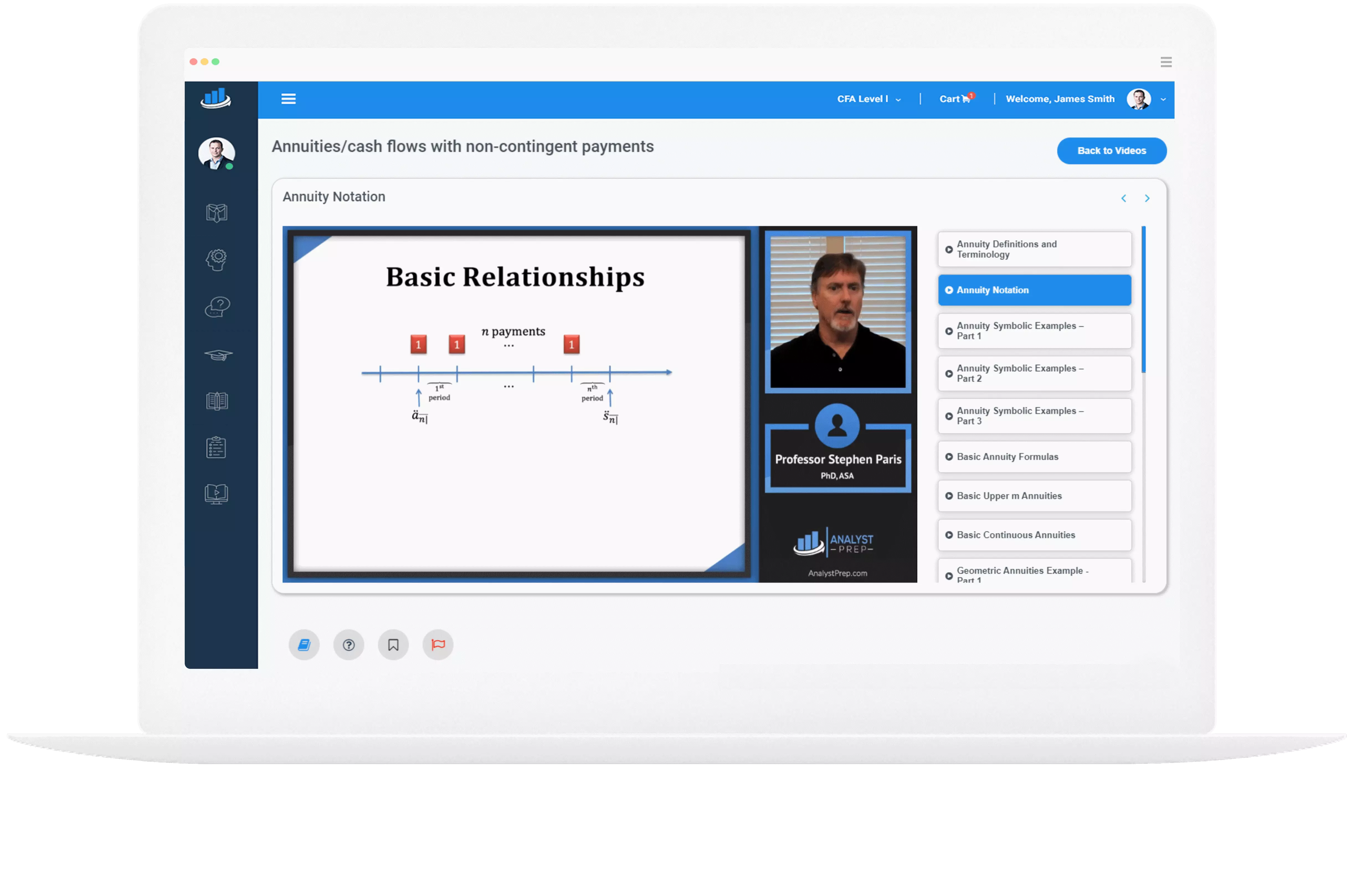Behavioral Finance and Market Behaviour
Some persistent market patterns such as momentum, value, bubbles, and crashes impact market efficiency and are regarded as functions of behavioral finance. Market Anomalies Anomalies are noticeable departures from the efficient market hypothesis, as evidenced by persistently aberrant returns. For…
Behavioral Bias and Financial Decision Making
Cognitive Errors Cognitive biases, alternatively known as faulty cognitive reasoning, describe erroneous ways of thinking, reasoning, and interpreting information. Below are the two categories into which cognitive errors can be split: Belief perseverance bias. Processing errors. I. Belief Perseverance Bias…
Behavioral Biases: Cognitive Errors and Emotional Biases
Behavioral biases are irrational beliefs or behaviors that can influence our decision-making process. Behavioral biases may make our decisions to stray from what is prescribed or recommended, if you may, by the traditional finance theory. Behavioral bias is split into two…
Functional Forms for Simple Linear Regression
For non-linear relationships, we can use several functional forms to potentially transform the data to be used in linear regression. The following are the three often-used log transformation functional forms: Log-lin model: In this log transformation, the dependent variable is…
Predicted Value of a Dependent Variable
We calculate the predicted value of the dependent variable, \(Y\), by inserting the estimated value of the independent variable, \(X\), into the regression equation. The predicted value of the dependent variable, \(Y\), is determined using the following formula: $$\hat{Y}=\widehat{b}_0+\widehat{b}_1X$$ Where:…
Analysis of Variance (ANOVA)
The sum of squares of a regression model is usually represented in the Analysis of Variance (ANOVA) table. The ANOVA table contains the sum of squares (SST, SSE, and SSR), the degrees of freedom, the mean squares (MSR and MSE),…




